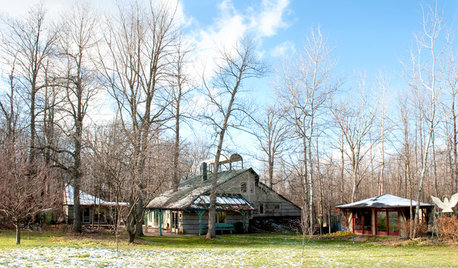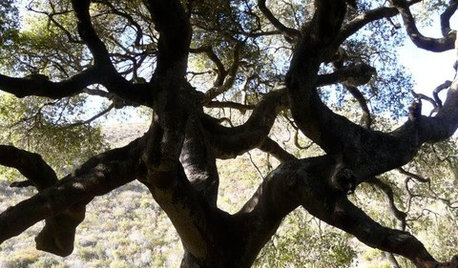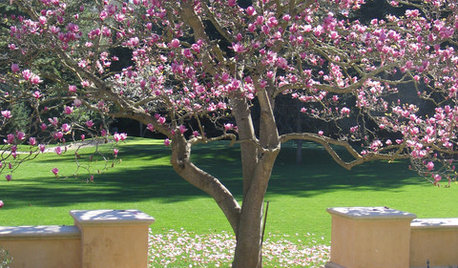Sudden cane death?
subk3
9 years ago
Featured Answer
Sort by:Oldest
Comments (19)
anntn6b
9 years agolast modified: 9 years agocharleney
9 years agolast modified: 9 years agoRelated Professionals
Lakewood Landscape Architects & Landscape Designers · Goodyear Landscape Contractors · Waterbury Landscape Contractors · Cerritos Landscape Contractors · Dallas Landscape Contractors · Dixon Landscape Contractors · East Haven Landscape Contractors · Englewood Landscape Contractors · Fort Atkinson Landscape Contractors · Long Beach Landscape Contractors · Mount Kisco Landscape Contractors · Paramount Landscape Contractors · Vallejo Landscape Contractors · Watertown Landscape Contractors · West Coon Rapids Landscape Contractorsanntn6b
9 years agolast modified: 9 years agopat_bamaz7
9 years agolast modified: 9 years agoanntn6b
9 years agolast modified: 9 years agosubk3
9 years agolast modified: 9 years agoanntn6b
9 years agolast modified: 9 years agobuford
9 years agolast modified: 9 years agodublinbay z6 (KS)
9 years agolast modified: 9 years agopeepsi
9 years agolast modified: 9 years agosubk3
9 years agolast modified: 9 years agomad_gallica (z5 Eastern NY)
9 years agolast modified: 9 years agoseil zone 6b MI
9 years agolast modified: 9 years agobuford
9 years agolast modified: 9 years agoseil zone 6b MI
9 years agolast modified: 9 years agoPoorbutroserich Susan Nashville
9 years agolast modified: 9 years agomeredith_e Z7b, Piedmont of NC, 1000' elevation
9 years agolast modified: 9 years agoopheliathornvt zone 5
9 years agolast modified: 9 years ago
Related Stories

LIFEWhen You're Suddenly Solo at Home
Whether you stay in a home alone or move on, these strategies from professional organizers can help you with the process
Full Story
CALIFORNIA NATIVE PLANTSGreat Design Plant: Coast Live Oak
The stuff of legends and memories, this California tree is one to build a whole landscape around
Full Story
KIDS’ SPACES8 Tips for Peaceful Bedroom Sharing With Baby
Enjoy better sleep, neatness and enough space for everyone’s things with these shared-room strategies
Full Story
LIFE10 Ways to Cope With Grief During the Holidays
If you are experiencing loss, take it from an experienced griever — life has changed forever, but it does get better
Full Story
LIFE10 Ways to Work Through Grief Triggers During the Holidays
A year after losing her sister, she was facing another holiday. Here’s how one woman learned to find joy again
Full Story
LIFE10 Ways to Honor and Remember a Departed Loved One at Home
Help the grieving process and keep beautiful memories alive with these thoughtful tributes
Full Story
GARDENING FOR BIRDSFeed the Birds: 6 Plants for Abundant Winter Berries
Be kind to your fair feathered friends during lean food times by planting a shrub or tree loaded with nutritious snacks
Full Story
HOUSEPLANTS8 Essentials for Healthy Indoor Plants
Houseplants add so much to our homes — and can thrive when grown in the right conditions. Keep these tips in mind
Full Story
HOUZZ TOURSHouzz Tour: Sweet Georgia Summer Beach Home
A cinderblock structure is transformed into an airy, cheery beach house for three vacationing sisters and their families
Full Story
LIFE10 Steps for Saying Goodbye to Sentimental Objects
Are keepsakes cluttering your space and your life? Consider this approach for letting go and moving on
Full Story





subk3Original Author